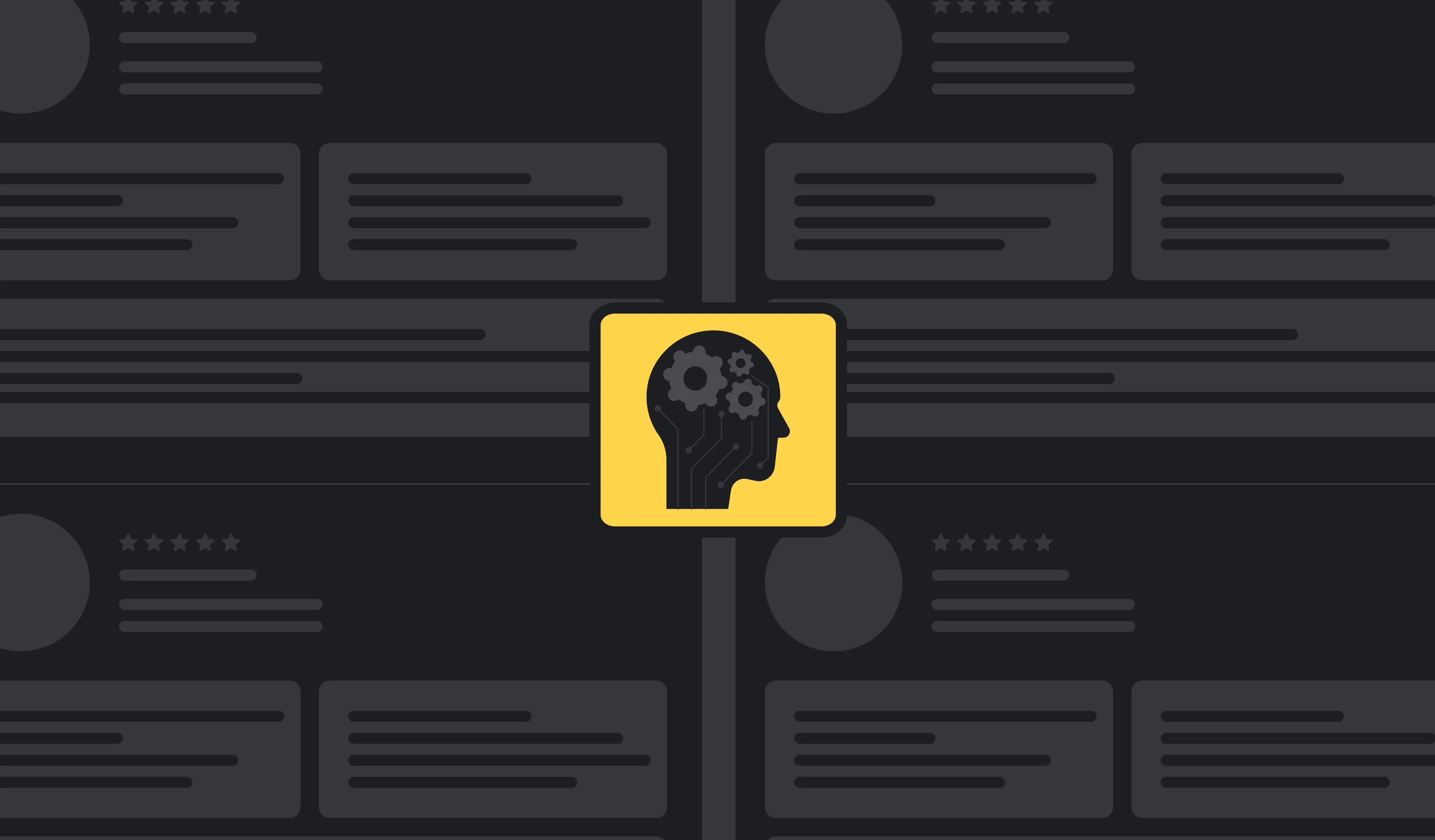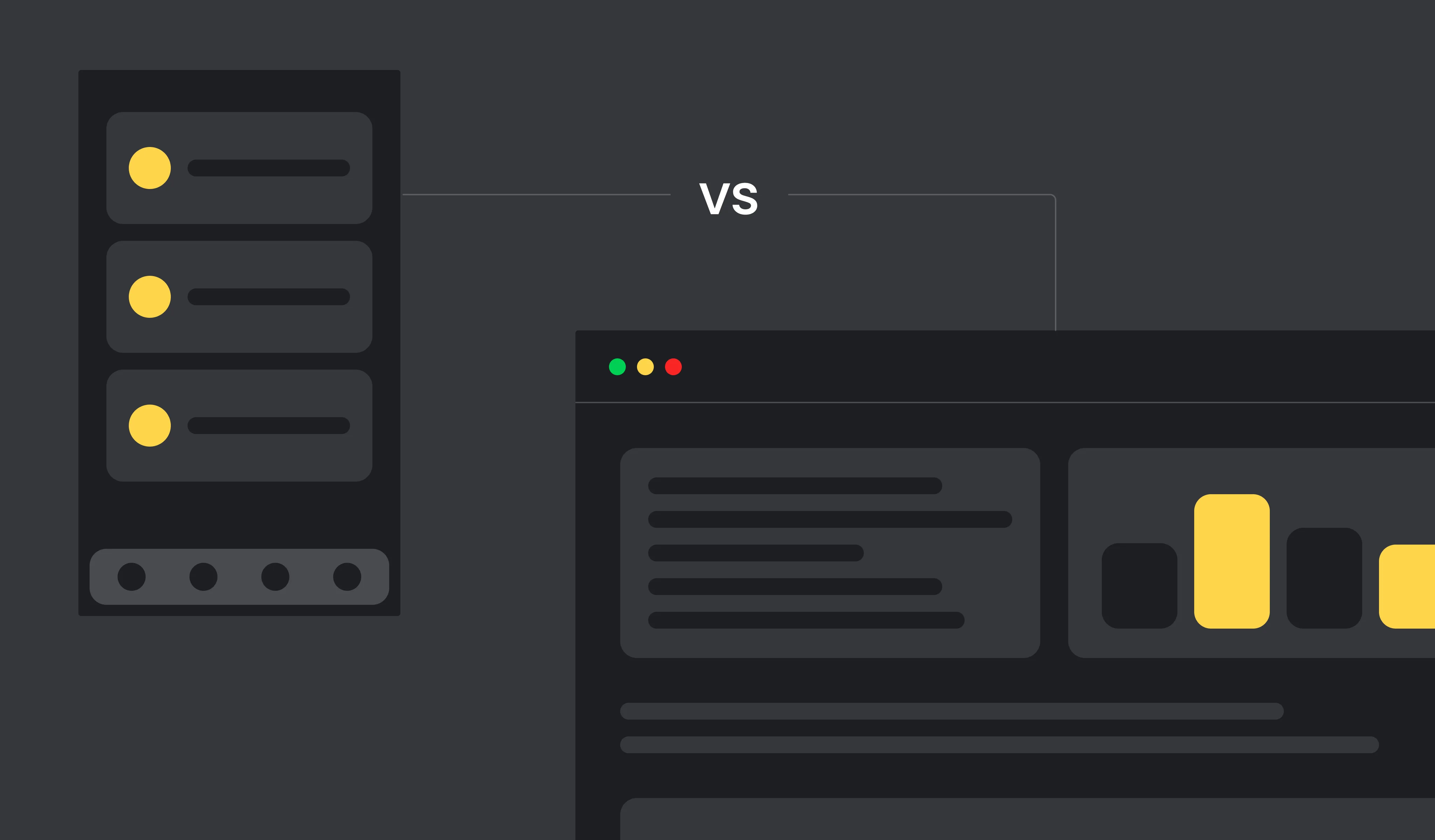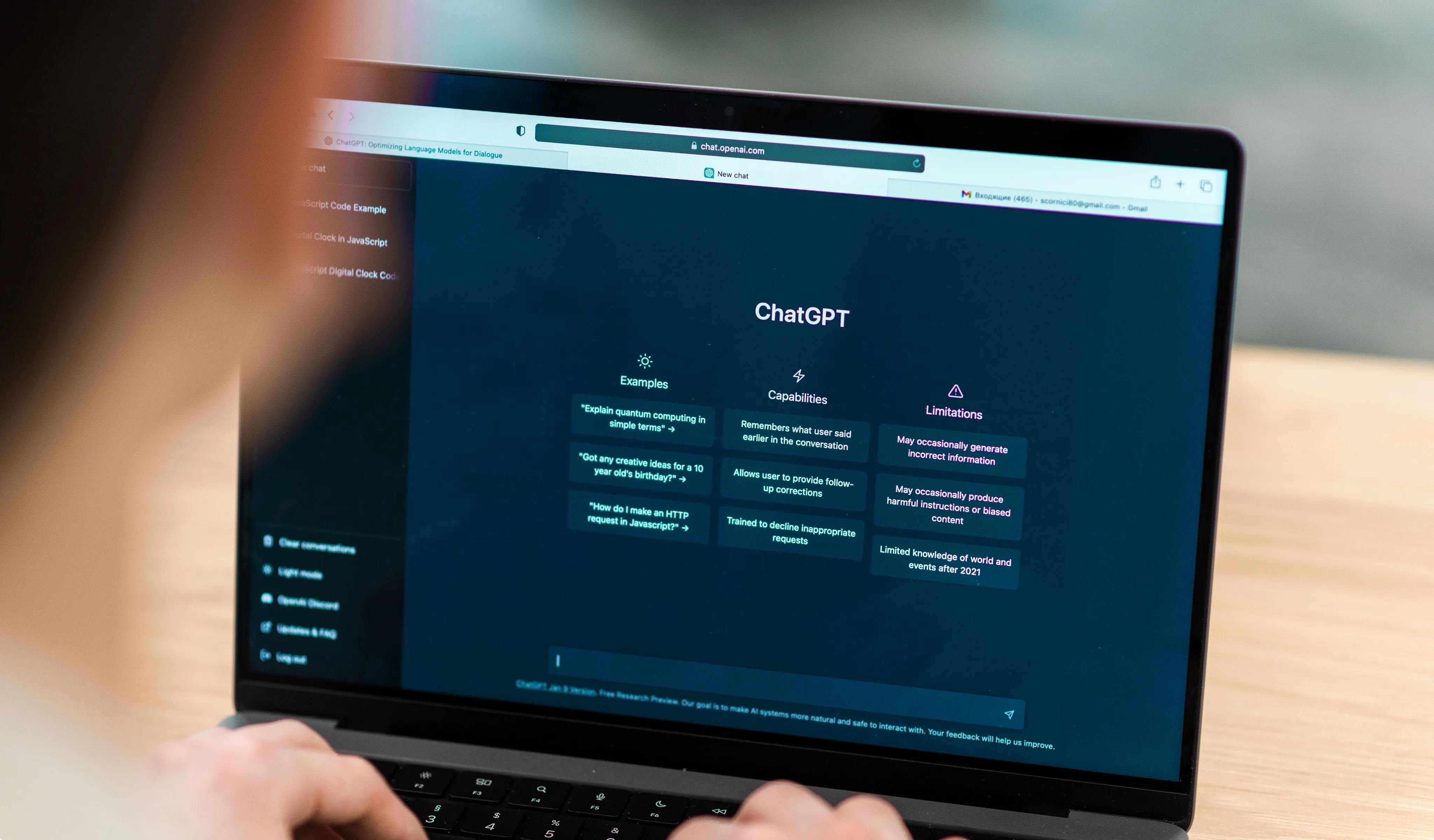Your website needs a major redesign, and you decided to put out a Request for Proposal (RFP) for a more formal approach to vendor selection. Writing an RFP is time-consuming, and so is responding to it.
So let’s say you want to write an RFP that will generate interest and ultimately responses from qualified vendors, one of whom you will select as the partner in your web development project. Potential qualified vendors will judge whether it is worthwhile for them to submit a proposal. The best outcome is a win-win for both you and the selected vendor.
This post is NOT a laundry list of information to include in your RFP, such as timelines, budgets, deliverables, etc. Instead, we discuss how to evaluate the fit between you and potential web development partners. We explore what you and the potential vendor each bring to the table in the partnership with respect to technology, human and financial resources. We suggest some specific questions to ask about those 3 major areas.
In addition, we prepared a precious surprise for you, namely - the internal document that we address when it comes to the RFP template.
Technology infrastructure
![How to write a Win-Win web development RFP [+ RFP template] 3 1-Technology infrastructure](https://fivejars.com/app/uploads/2023/05/1-Technology-infrastructure.webp)
What web hosting options are available?
A vendor typically partners with web hosting platform providers such as Amazon Web Services (AWS), and offers you, the end customer, unique hosting options built on the underlying platform.
A good vendor will want to recoup their cost and maintain a healthy profit margin. As the end customer, you want to pay for only the services you need. In a win-win partnership, the vendor offers a range of hosting options for you to select. Having a range of options is good for the following reasons.
1. Scalability
You plan to grow your business, and by extension your website. So, web hosting services should be scalable to comfortably accommodate your future growth. However, you don't want to pay for over-capacity at the present time. Web hosting options should provide tiers of service levels to allow you to upgrade(or downgrade) without major migration expenses.
2. Bring-your-own-skill
Web hosting options typically differ by the level of support the end customer is getting with various system activities such as configuring software, hardening system security, performing backups and software updates, etc. If your organization has the necessary skills and resources, and wishes to take on those tasks yourself, you should be able to select a lower-tiered solution. On the other hand, higher-tiered options should be available to offload those activities to the vendor.
How customized is the proposed solution?
Some Content Management Systems (CMS’s) such as WordPress are known for their enormous repositories of ready-made, albeit basic, plugin modules. Some such as Drupal are known for their strong core framework and the flexibility for extending it to satisfy custom requirements.
Using existing off-the-shelf plugins may shorten delivery timelines and generate cost savings, but the trade-off is that the application may not do 100% of what you want. In contrast, writing custom code to extend functionality may increase development cost, but the resultant system is tailor-made for your requirements.
A balance must be struck between expedience and functionality in the choice of CMS and the level of customization. Quite often, a win-win scenario is to use Drupal together with tried-and-true plugins as a starting point for further customization. You will save money and shorten the time to project completion by not having to start from scratch. The vendor benefits by leveraging previous development efforts to lower its cost base.
How much code has the vendor contributed to key open source projects?
![How to write a Win-Win web development RFP [+ RFP template] 4 How much code has the vendor contributed.jpg](https://fivejars.com/app/uploads/2023/05/2-How-much-code-has-the-vendor-contributed-scaled.webp)
When you contract out web development, you strive to hire the most competent web developers possible. How do you determine a web developer's technical competence? You can always check customer references. Another good indication is their status in their technical peer communities.
An objective measure of one's status in the Drupal developer community is how much code they have contributed back to the open source project. By contributing code back to the Drupal project, a developer gains recognition as well as feedback from the community to help improve the overall code quality.
Which technology ecosystem will they use in the solution?
Instead of relying on a single monolithic technology, modern web applications are developed within a technology ecosystem using interoperable component frameworks, libraries, and tools. For example, the JavaScript ecosystem includes important components such as Laravel and Symfony; the php ecosystem, Vue.js, Angular, and React.
There are a myriad of ecosystems and component frameworks to choose from. A vendor tends to specialize in only a subset. You on the other hand want best-of-breed technologies for long-term technology viability. More often than not, there is no conflict. Many web developers naturally gravitate toward best-of-breed technologies because, by keeping up-to-date, they can take advantage of the latest tools and features, therefore increasing efficiency and reducing cost.
Can they deliver the required advanced functionalities?
Your current website may be facing a number of challenges:
- Poor user experience, especially for mobile users
- Sub-par E-commerce capabilities
- High customer support cost
- Lack of integration with IoT devices
Some vendors may offer up cookie-cutter solutions to your web challenges to minimize technology risk and protect their profit margin. What you really want is an innovative solution that gives you a competitive advantage, say by applying AI and machine learning. You need to sift through the candidates to identify first-rate website developers, not just system integrators with limited coding capability. Top-notch developers will command a premium price tag to deliver the advanced features.
How do they plan to address web security and accessibility?
Website security and accessibility are 2 critical yet often overlooked issues in an RFP. The former aims to hinder malicious users; the latter aims to welcome everyone else, especially those with disability challenges. Ignoring the 2 issues can easily result in expensive subsequent remedial actions. By baking in security and accessibility measures right from the design stage, costly rework can be avoided, resulting in a lower overall cost for you, and a faster time to completion for the vendor. A win-win for both parties.
Talent resources
![How to write a Win-Win web development RFP [+ RFP template] 5 3-Talent resources](https://fivejars.com/app/uploads/2023/05/3-Talent-resources-scaled.webp)
How much experience do they have with your particular industry?
No one knows your business better than yourself. You are expected to spell out your web objectives, strategies, processes, metrics, etc, to allow the vendor to build a website as per your specification. If a vendor has previous experience with your industry, it amounts to a tremendous win-win situation. You stand to benefit from a faster ramp-up, less hand-holding for the vendor, and any cross-pollination that may happen. The vendor benefits from the possible reuse of ideas and designs, resulting in a lower overall cost for them.
What talent roles can they fill?
A modern web development project requires a multitude of roles to ensure its overall success. Typical roles include brand and content strategists, user experience designers, copywriters, graphic designers, frontend developers, etc. You may already have some of the required talents in-house, especially in the areas of brand and content strategising, SEO optimizing, and copywriting. A win-win scenario is where you are empowered to contribute your available in-house talents while the vendor fills the remaining talent gaps. A full-service vendor facilitates more efficient project management; no subcontractors need to be hired and managed.
Financial resources
![How to write a Win-Win web development RFP [+ RFP template] 6 Financial resources.jpg](https://fivejars.com/app/uploads/2023/05/4-Financial-resources-scaled.webp)
How well can they support your budgeting process?
You operate within your own market cycles and budget timelines which may impact the scope and the timing of the project. Specifically, it may not be feasible to slot in the entire feature set of your web project all at once. A good partner/vendor will work with you to organize and prioritize various features into a roadmap that better fits your budget timing. As a result, you have the benefit of the planned feature releases while the vendor has the benefit of future income streams.
How well can post-launch maintenance and support be tailored to your needs?
A newly deployed website is only as good as the time it stays up and the degree it measures up to agreed-upon metrics. A regular audit and maintenance schedule needs to be established to compare actual performance data against benchmarks, and to apply the necessary software updates to close any gap.
Maintenance should only be performed during those times with the minimum impact to your business, and the maintenance window should be as short as possible. A support structure should be agreed upon before the launch to ensure that there is no surprise to either party.
A thorough and transparent support structure gives you peace of mind while allowing the vendor to plan for sufficient resources to cover any routine and emergency situations that may arise.
Summary
Crafting an RFP is a non-trivial and time-intensive task. To write a good RFP, you must design a set of evaluation criteria to filter the respondents for best satisfying your project goals and requirements. The questions we suggest above will help you assess how well a vendor's capabilities and processes mesh with yours, thereby creating a win-win partnership for the long-term.
Five Jars provides innovative web development services across the Education, Health & Fitness, Nonprofit, Media, Enterprise, and Art & Culture industries. We'd love to hear about your RFP and to strike up a win-win partnership with you.
Get the RFP Template
You can download the RFP Template using the button below.
![How to write a Win-Win web development RFP [+ RFP template] 1 Teaser-How to write RFP.jpg](https://fivejars.com/app/uploads/2025/04/0-Teaser-How-to-write-RFP-scaled.webp)


